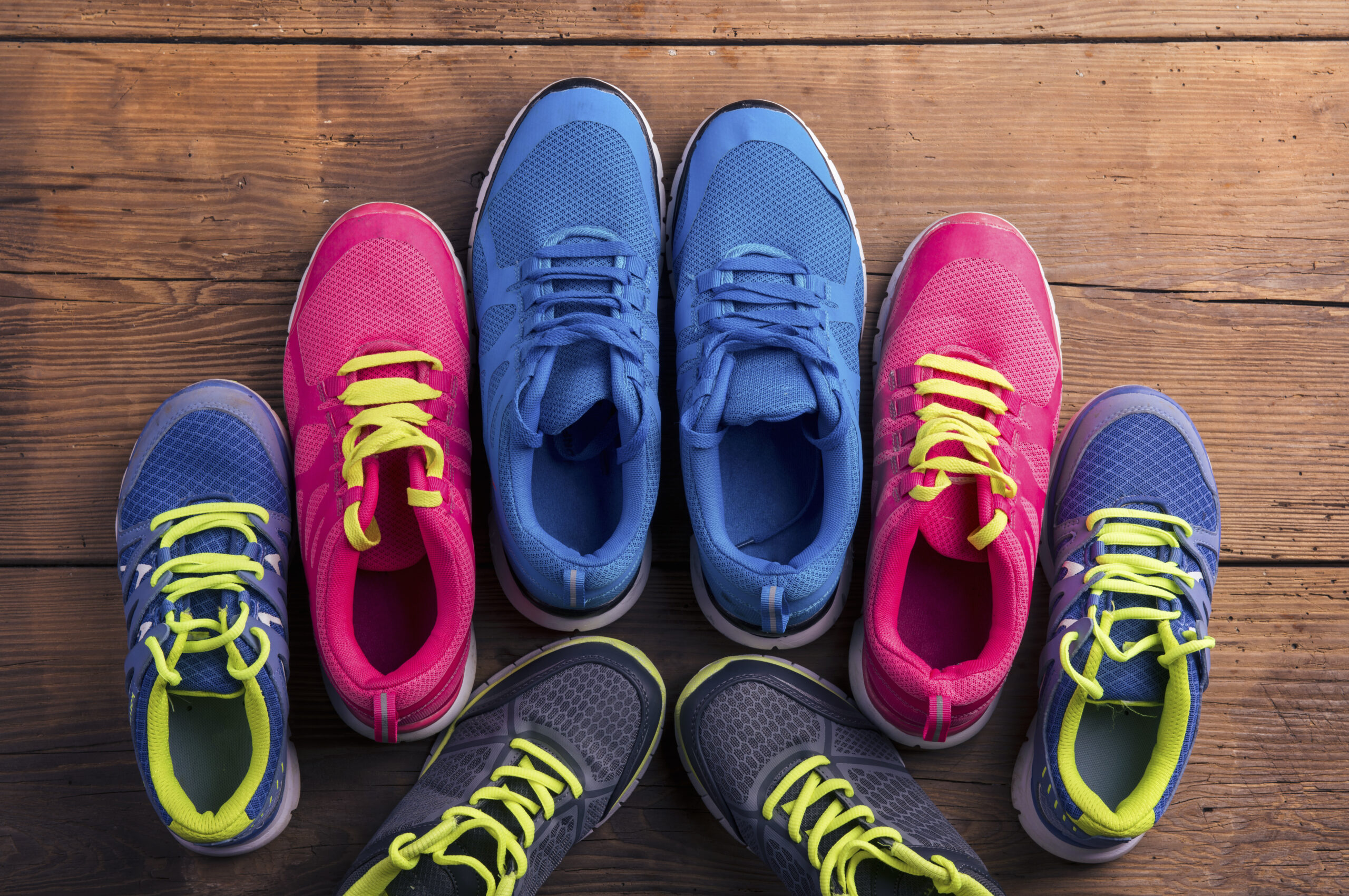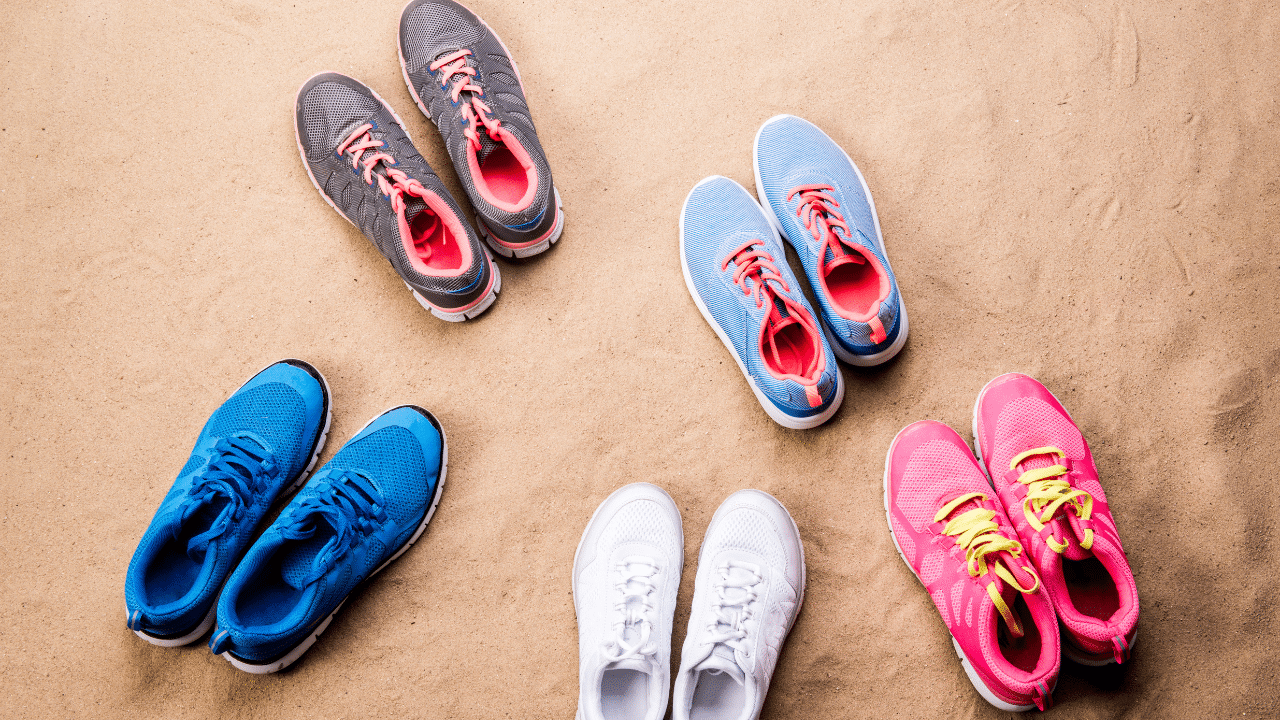See The Road Ahead!
- MARRY WINCHESTERRunning is one of the most rewarding and enjoyable physical activities that you can try – it’s perfect for helping you stay in shape, relieve stress, and maintain health and well-being. Whether you’re running for fun, competing in races, or simply staying active, investing in a good pair of running shoes is crucial to your overall performance and comfort. But with so many types, brands, and features to choose from, it can be difficult to know where to start. In this blog, we’ll cover the essential factors to look for when purchasing running shoes to help you make the best decision for your needs.
1. Know Your Foot Type:
Before you even start looking at different running shoes, it’s important to know your foot type. All feet are unique, but they can generally be categorized into three types – neutral, overpronated, and underpronated. Neutral feet have a natural arch and little to no inward or outward roll when running. Overpronated feet tend to roll inward excessively when running, while underpronated feet tend to roll outward. Knowing your foot type will help you choose shoes with the appropriate amount of cushioning, support, and stability.
[optin-monster slug=”u9ogigt36k4zbwkxi5az” followrules=”true”]
2. Consider the Shoe Size and Fit:
When it comes to running shoes, comfort is key. Poorly fitting shoes can cause blisters, chafing, and even injuries. Make sure you measure your feet at a shoe store and try on shoes with socks on to get the right size and fit. Look for shoes that fit snugly around the heel and midfoot, while leaving some space in the toe box. Avoid shoes that feel too loose or too tight, as this can cause discomfort and affect your gait.
3. Determine Your Running Style:
Different types of running shoes are designed for different types of running styles, so it’s important to consider how you run. If you’re a long-distance runner, for example, you might want shoes with extra cushioning to help absorb impact. If you’re a trail runner, you might want shoes with a more rugged outsole to provide better traction on uneven surfaces. If you’re a sprinter, you might want lightweight shoes with minimal cushioning to help you move quickly.
4. Look for Quality and Durability:
Running shoes can be expensive, so you want to make sure you’re investing in a quality product that will last. Look for shoes made with durable materials that can withstand wear and tear, such as synthetic or mesh uppers and rubber outsoles. Check for reinforced stitching and a sturdy midsole. Many running shoe brands offer warranties or guarantees for their products, so make sure you read the fine print and understand the terms before buying.
5. Don’t Forget About Style and Personal Preference:
While function is the most important factor when it comes to running shoes, it’s also okay to consider style and personal preference. You want to feel good and confident when you wear your shoes, so don’t be afraid to choose colors or designs that match your style or personality. Just make sure you prioritize the other factors we’ve covered first, such as fit, comfort, and quality.
Purchasing running shoes can seem daunting, but by focusing on the essential factors of fit, function, durability, and personal preference, you can find the pair that works best for you. Remember to start by assessing your foot type, measure your feet, and determine your running style. Look for quality materials, good warranty, and a snug fit that doesn’t cause blisters and chafing. Don’t forget about style, but prioritize function first. With the right pair of running shoes, you’ll be able to run further, faster, and more comfortably than ever before.






